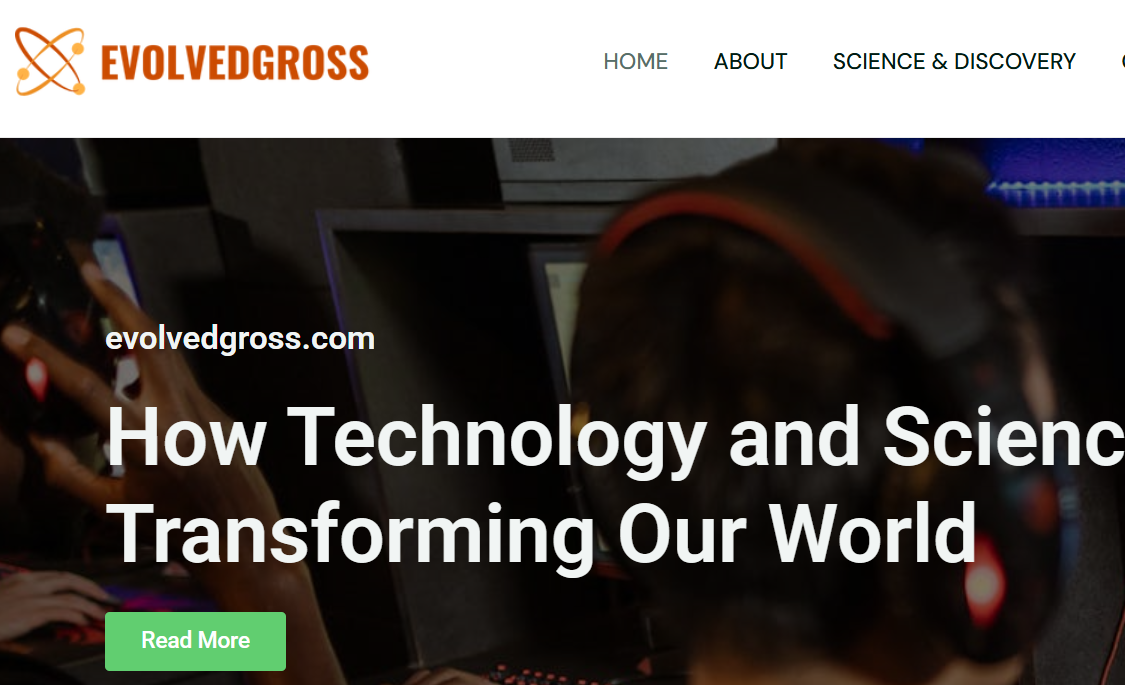The term DMT root often arises in discussions around natural psychedelics and entheogens. While “DMT root” itself is not a formally recognized botanical term, it generally refers to roots of certain plants that contain the powerful psychedelic compound Dimethyltryptamine (DMT). DMT is a naturally occurring tryptamine alkaloid found in various plants and animals, revered for its profound psychoactive effects.
The fascination with DMT and its natural sources has spurred interest in the so-called psychedelic association of roots and plants containing DMT. This article will delve deep into what DMT is, its connection to plant roots, and how these plants fit into the broader context of psychedelic culture and research.
What is DMT?
Chemical Nature and Effects
DMT (N,N-Dimethyltryptamine) is a powerful hallucinogen classified chemically as a tryptamine. It is structurally related to neurotransmitters like serotonin and melatonin. DMT produces intense visual and auditory hallucinations, often described as a rapid journey into alternate dimensions or realms of consciousness.
The effects of DMT typically last between 5 to 30 minutes when smoked or vaporized, but when taken orally in combination with MAO inhibitors (like in ayahuasca brews), the experience can extend for hours.
Natural Occurrence in Plants
DMT occurs naturally in a variety of plants used traditionally in shamanic rituals. Some well-known examples include Psychotria viridis and Mimosa hostilis. These plants are revered for their psychoactive properties and often have their roots or bark harvested for DMT extraction.
Understanding DMT Root
What Plants Are Referred to as DMT Root?
When people mention DMT root, they usually refer to the roots of plants like:
- Mimosa hostilis (Jurema preta): Native to Brazil, the root bark of this plant is famous for its high DMT concentration.
- Acacia species: Certain Acacia trees have roots and bark that contain DMT, though concentrations vary.
- Desmodium gangeticum: A lesser-known plant with roots containing trace amounts of DMT.
These roots are prized because they typically have higher alkaloid concentrations than other parts of the plants, such as leaves or stems, making them the preferred source for DMT extraction in traditional and contemporary uses.
Role in Traditional Cultures
In South America, especially within indigenous communities of Brazil and Peru, the roots of certain DMT-containing plants have been used for centuries in rituals aimed at spiritual healing, divination, and communication with the spirit world.
The psychedelic association of these roots is deeply tied to their sacred use in shamanism and indigenous medicine. The visionary journeys induced by DMT-rich root extracts are seen as gateways to understanding the self, the cosmos, and the divine.
The Psychedelic Association of DMT Root
Historical and Cultural Significance
The psychedelic association of DMT root is not simply about recreational use but is embedded in cultural and spiritual traditions. Indigenous shamans and healers use these roots to create brews like ayahuasca or prepare snuffs that induce altered states of consciousness for:
- Healing psychological ailments
- Gaining insight into complex problems
- Connecting with ancestral spirits
This association is essential to appreciate because it highlights the difference between modern psychedelic use and age-old indigenous practices.
Modern Psychedelic Movement
In recent decades, Western interest in psychedelics has reignited, focusing on both the therapeutic potential and the mystical experiences induced by compounds like DMT. The psychedelic association of DMT root has expanded beyond indigenous contexts into scientific research, psychotherapy, and even recreational communities.
Research institutions are exploring how DMT and ayahuasca might aid in treating depression, PTSD, and addiction. This resurgence underlines the dual role of DMT root — as both a traditional medicine and a modern psychopharmacological agent.
Extraction and Use of DMT Root
Traditional Methods
Indigenous peoples often use ritualistic methods to prepare DMT-containing root bark. These methods emphasize respect for the plant and the spiritual experience it facilitates, involving chanting, prayers, and guided ceremonies.
Modern Extraction Techniques
Today, many enthusiasts extract DMT from root bark using chemical solvents in controlled environments. While this method isolates the compound for recreational or experimental use, it lacks the ritualistic context of indigenous traditions, raising ethical and legal concerns.
Legal and Ethical Considerations
DMT is classified as a Schedule I substance in many countries, making its extraction and possession illegal without proper authorization. The psychedelic association of DMT root is complicated by these legal barriers, which often hinder scientific study and cultural respect.
Ethically, there is ongoing debate about the commodification of indigenous plants and traditions, emphasizing the importance of respecting native knowledge and sovereignty.
The Future of DMT Root in Psychedelic Research
Therapeutic Potential
The unique and powerful nature of DMT has made it a molecule of great interest in psychedelic medicine. The future could see DMT root and its derivatives playing a significant role in novel psychiatric treatments.
Cultural Preservation and Respect
As interest grows, it is crucial to balance the scientific and recreational use of DMT root with respect for indigenous cultures. Supporting traditional communities and acknowledging their rights to these plants is essential for ethical progress.
Conclusion
The DMT root is more than just a source of a psychedelic compound; it is a symbol of a deep and ancient psychedelic association between humans and nature. Rooted in spiritual traditions and now intersecting with modern science, DMT-containing roots continue to fascinate, heal, and challenge perceptions of consciousness.
Understanding this complex relationship requires appreciating the cultural, scientific, and ethical dimensions that define the role of DMT root in both past and present human experiences.


